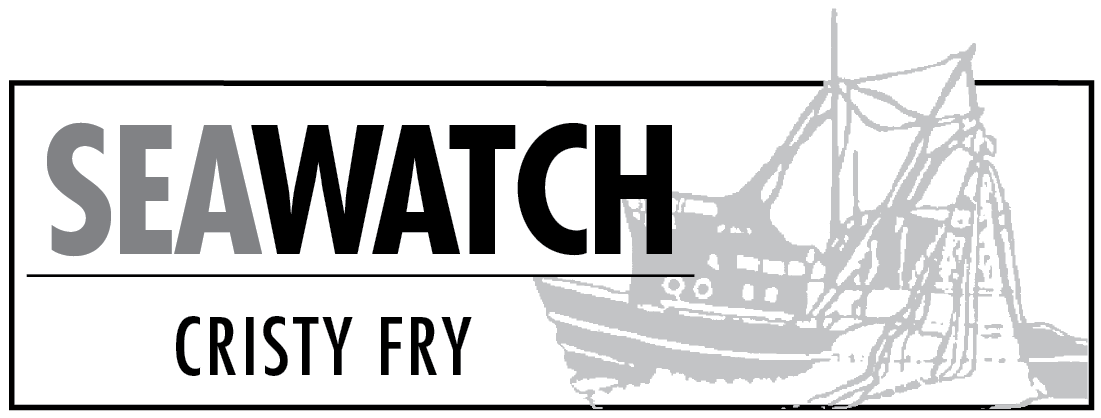United Fishermen of Alaska has released an updated comprehensive look at commercial fishing statewide with an interactive map detailing the specifics for the year 2013 for towns, boroughs and census areas from the Yukon-Koyukuk area to the western Aleutians.
UFA details how Alaska’s largest private-sector employer provides tens of thousands of jobs producing billions of pounds of seafood for Alaska, the U.S. and the world.
Some surprises include Cordova as the town with the most commercial fishing boats, with 704, beating out what would seem a more likely top port, Kodiak, which trailed with 685. Homer had 581.
While Anchorage is not a commercial fishing port in the traditional sense, it ranks number one in participation with the most fishing permits, crew licenses and skippers in the municipality.
Homer had a fairly high percentage of the population who were commercial fishermen at 21.1 percent, compared with Kodiak which had 18.6 percent and Dutch Harbor at 2.6 percent.
The Bristol Bay Borough, which includes Dillingham, had the highest percentage of commercial fishermen at 30.8 percent.
There were 2,216 permits owned by Kenai Peninsula Borough residents and an estimated $132.7 million in ex-vessel earnings.
Seafood processing provided 2,204 jobs and $18.8 million in wages, $8.5 million of which went to Alaska residents.
Communities in the Kenai Peninsula Borough shared $1.5 million in fisheries business and landing taxes, and the state shared a like amount.
UFA stresses that earnings generated from commercial fishing circulate in local economies through property and sales taxes, purchases of homes, rentals, hotels, electricity, entertainment, fuel, vehicles, food, repair and maintenance parts, transportation, travel, medical and other services.
Government jobs related to commercial fishing include Alaska Department of Fish and Game, Fish and Wildlife Protection/Department of Public Safety, docks and harbors, hatcheries, Coast Guard, University of Alaska’s Seagrant program, and more.
“Virtually every business in the Kenai Peninsula Borough benefits from commercial fishing,” according to UFA.
The map and related information can be found at www.ufafish.org/fishing-facts/.
The Board of Fisheries turned down a proposal to ban spotter planes for salmon in Southeast Alaska at its recent meeting in Sitka, citing the large number of small planes in the air at any given time in the area and responding to the Department of Public Safety’s comments that it was unenforceable.
However, they did pass a ban on using unmanned drones for fish spotting.
Board members Reed Morisky and Tom Kluberton said that putting pilots out of work was their motivation for voting for the ban.
“I’m for keeping pilots employed,” Morisky said.
Kluberton said he tended to look very hard at existing patterns of areas and fisheries and liked whenever possible to promote economic stability, and noted the long history of pilots employed to spot salmon in the area.
While the BOF does not have the authority to ban the use of aircraft, apparently it does have the authority to ban drones.
It is not clear if the use of drones would have put many pilots out of work; drones capable of flying long distances tend to be very expensive, and the smaller, cheaper drones mostly must be in wi-fi range and would be of limited use for salmon spotting. Flying over water probably means a crash would be fatal for the drone. What it would not be fatal for is humans.
In April 1997, two Homer men were killed while spotting before the opening of the Prince William Sound herring fishery. Ron Gribble, 46, and passenger, Mike Paoli, 29, died when their small plane collided with another spotter over Galena Bay, about 15 miles south of Valdez.
Six years later, pilot Tom Parker was killed in a midair collision while spotting herring in the Sound.
Cristy Fry can be reached at realist468@gmail.com.


